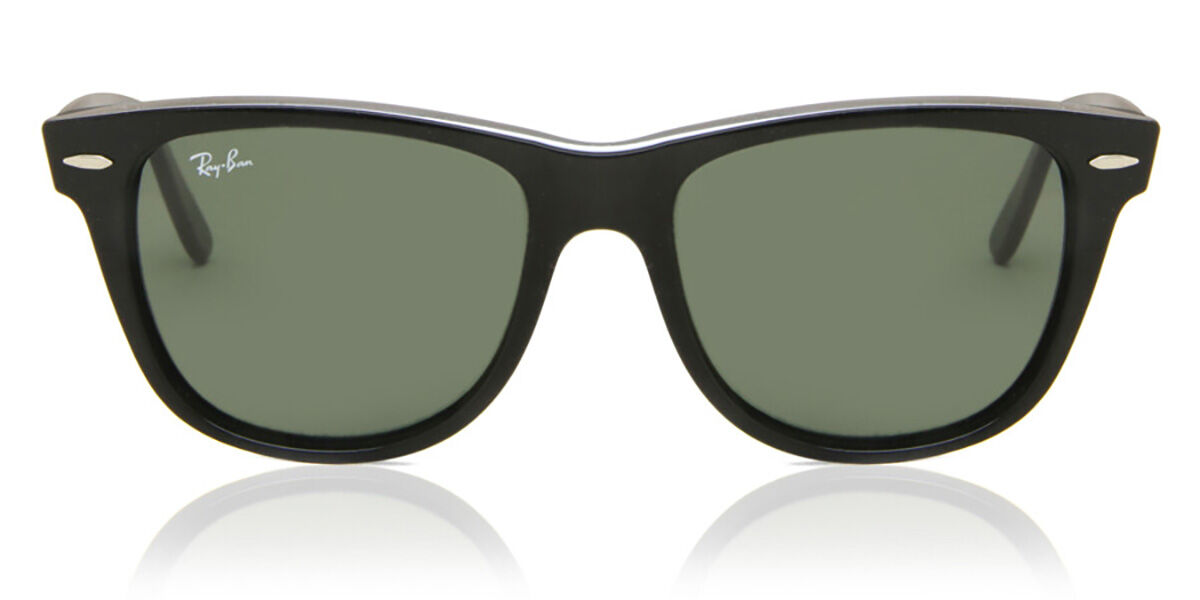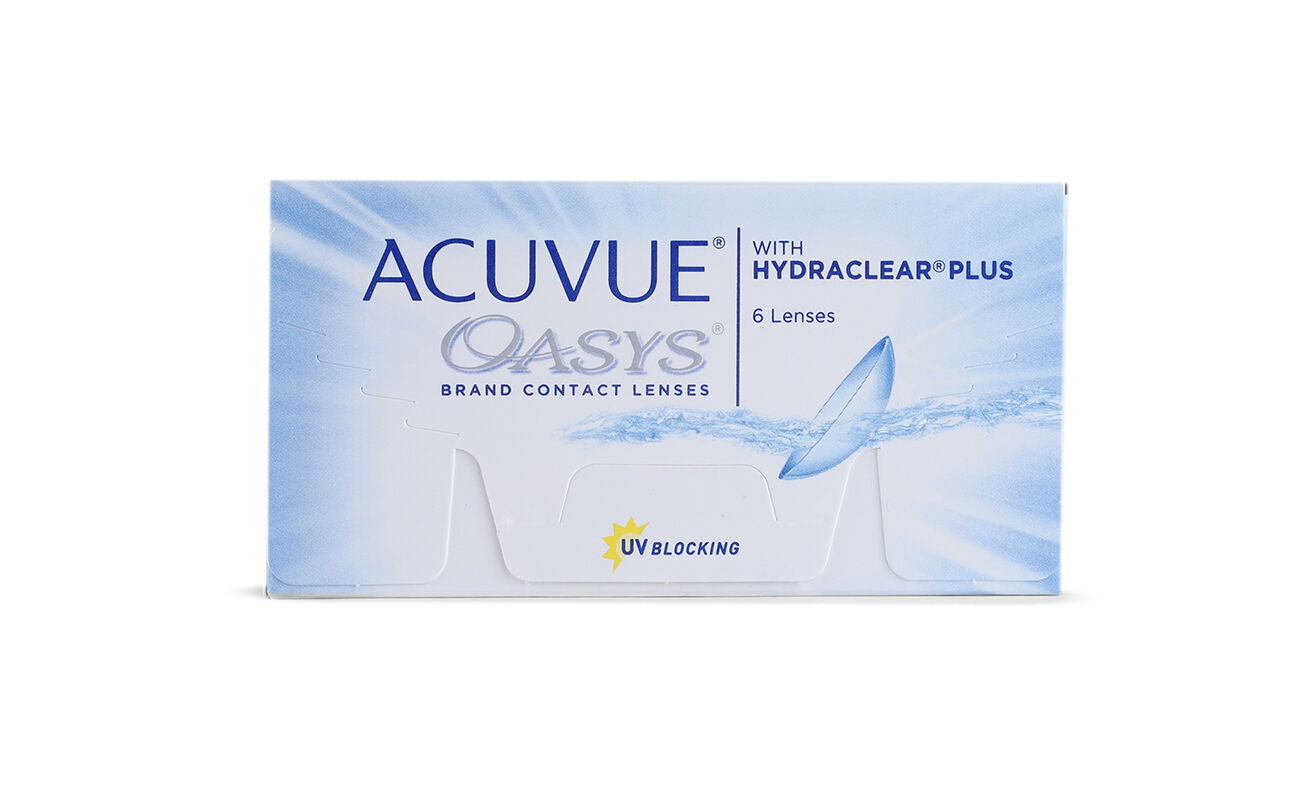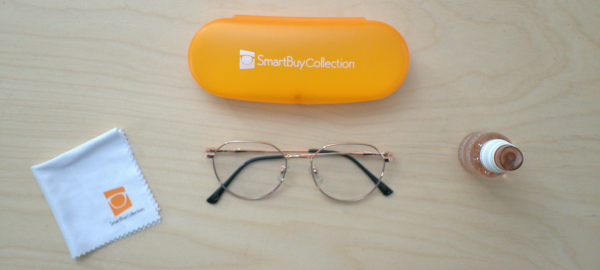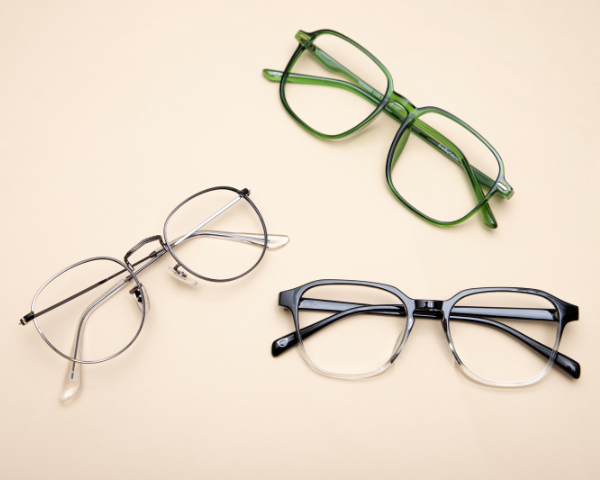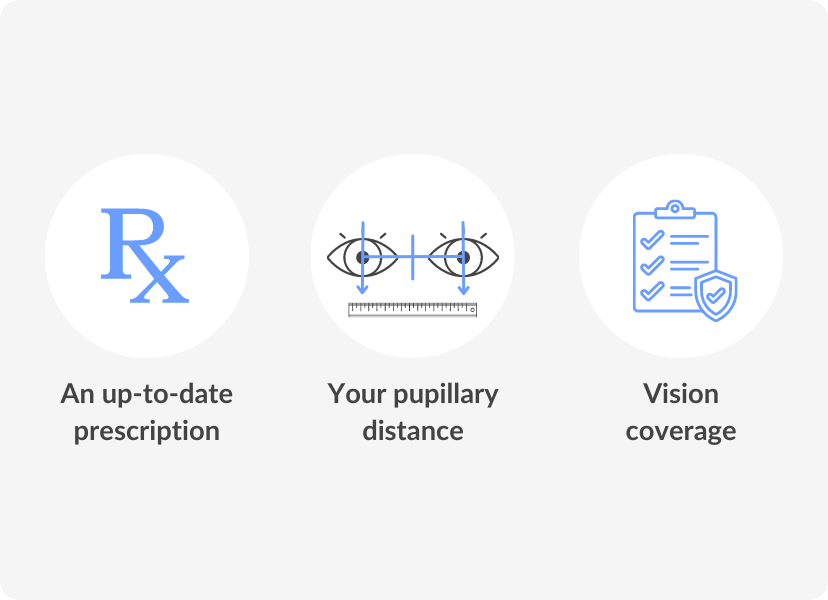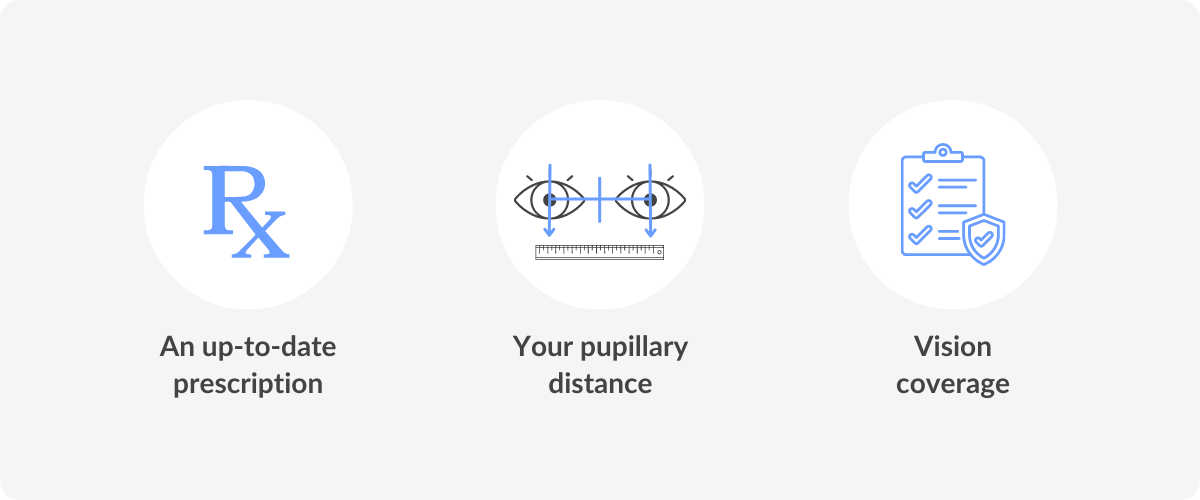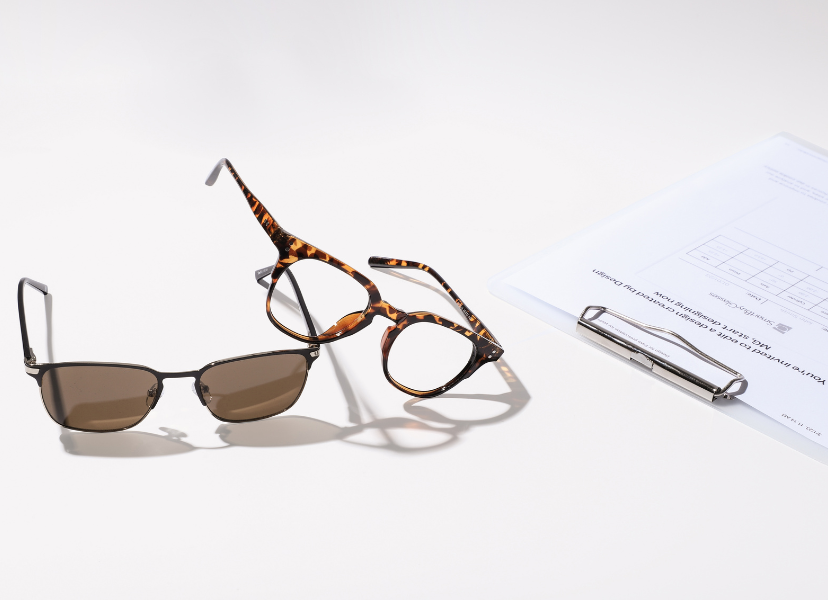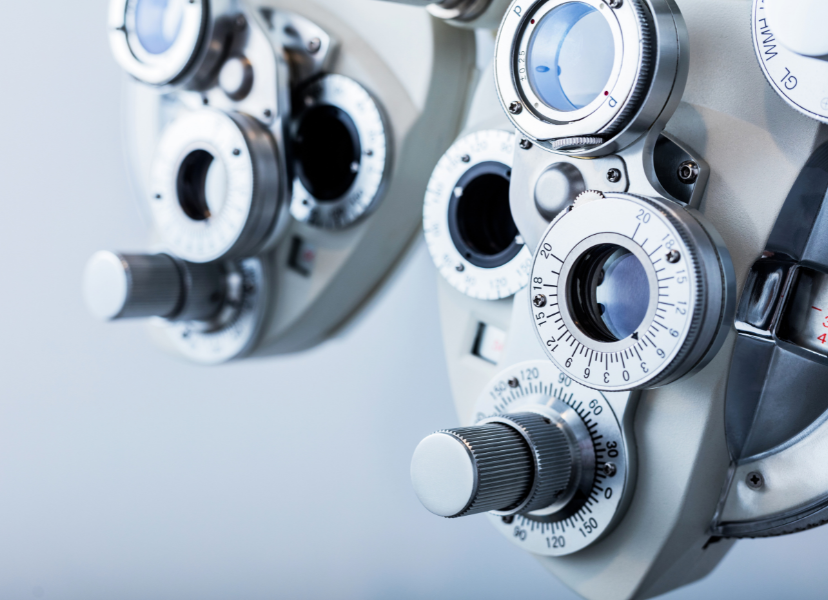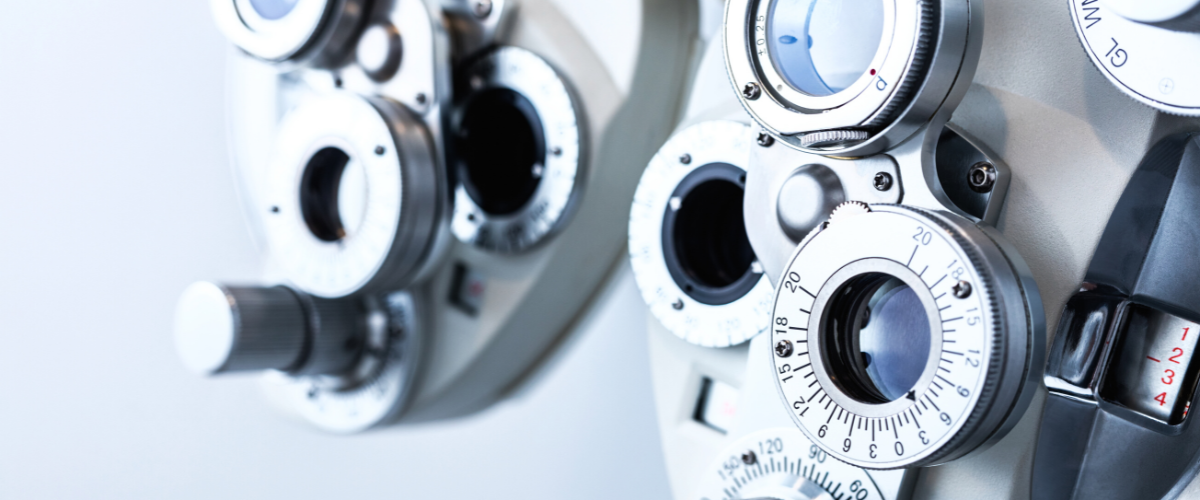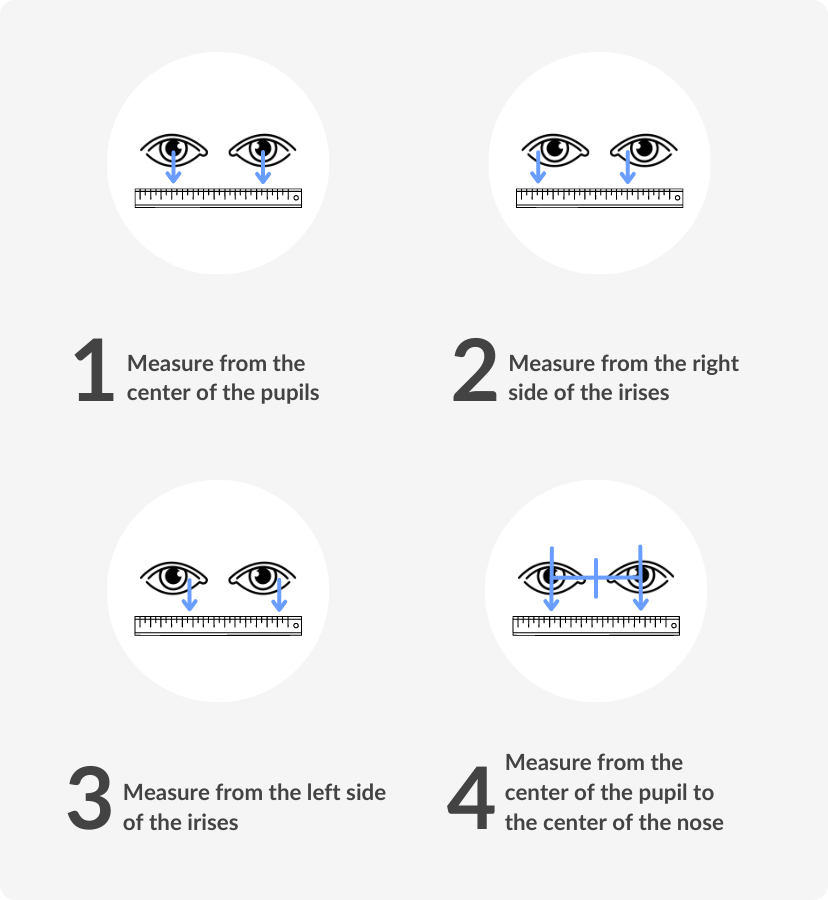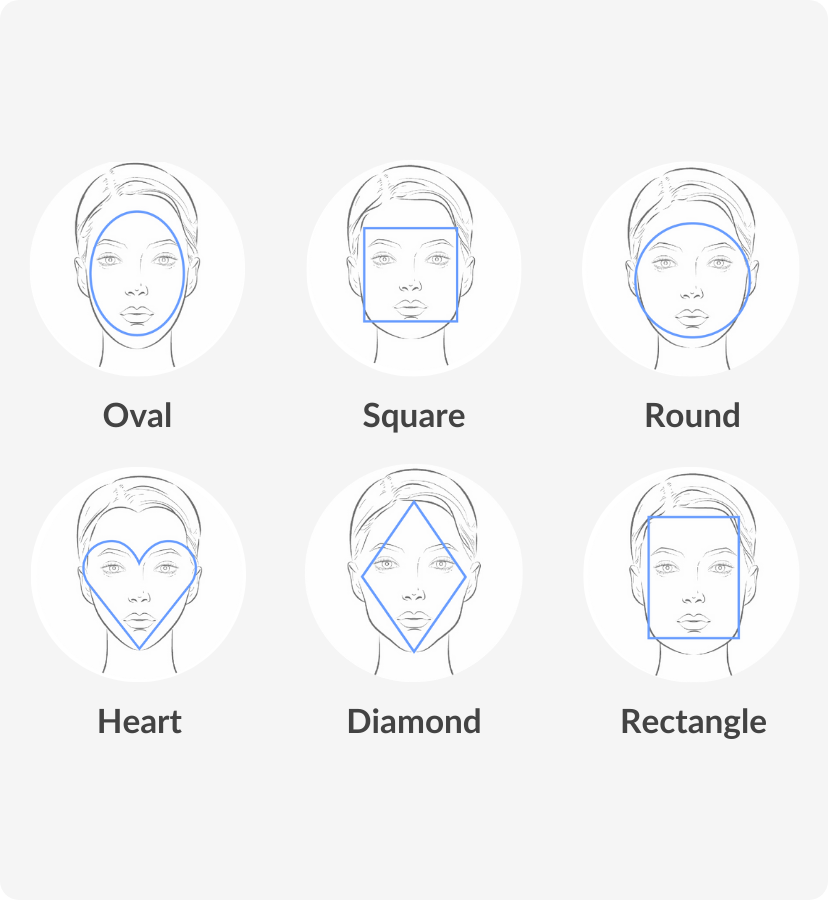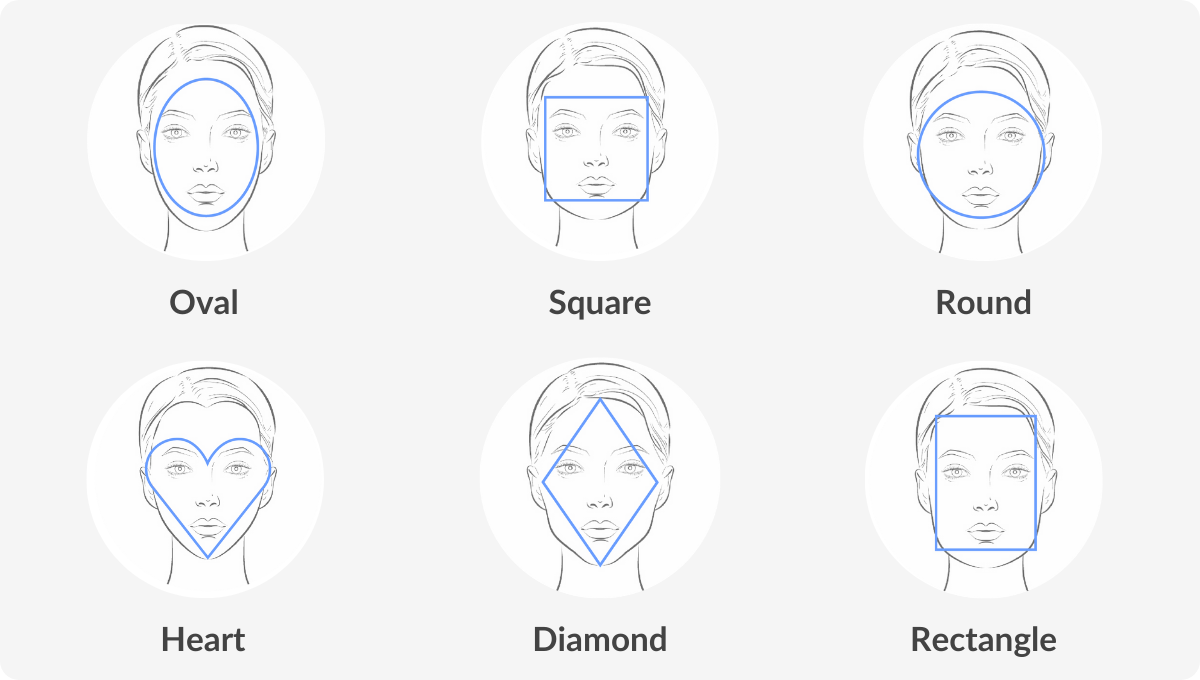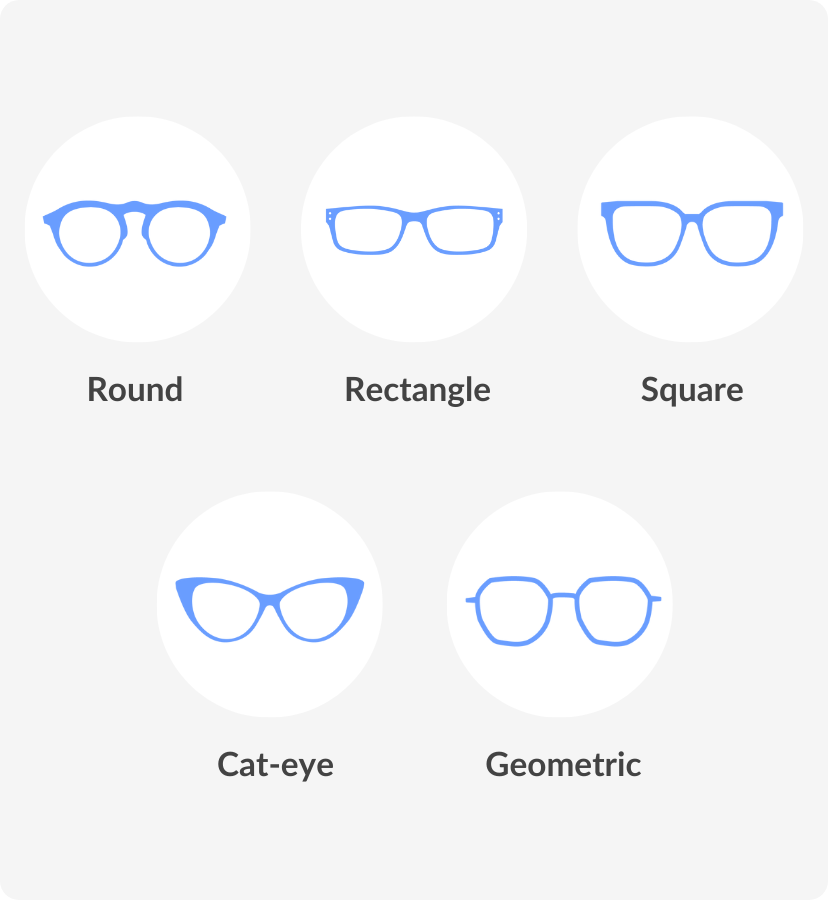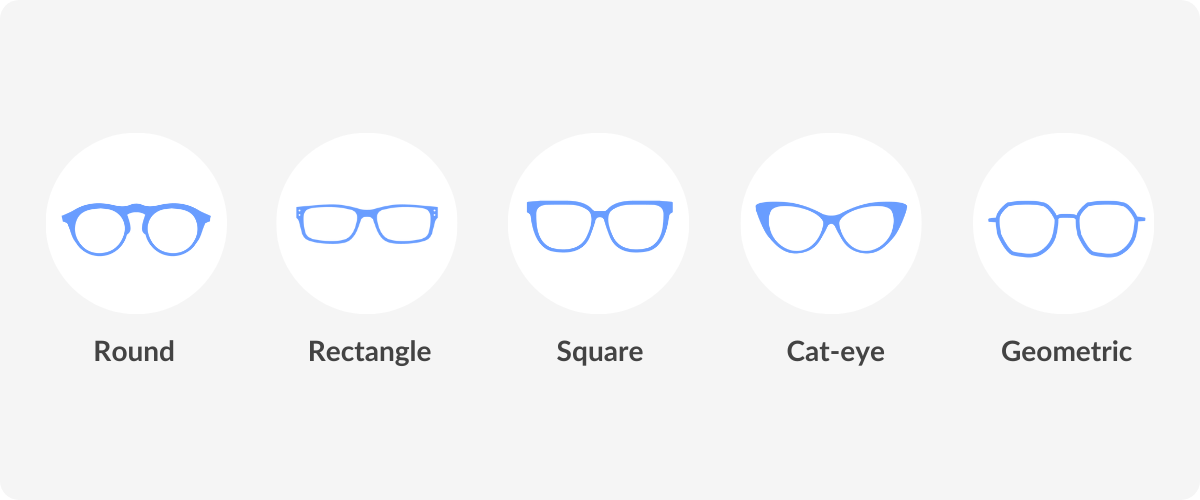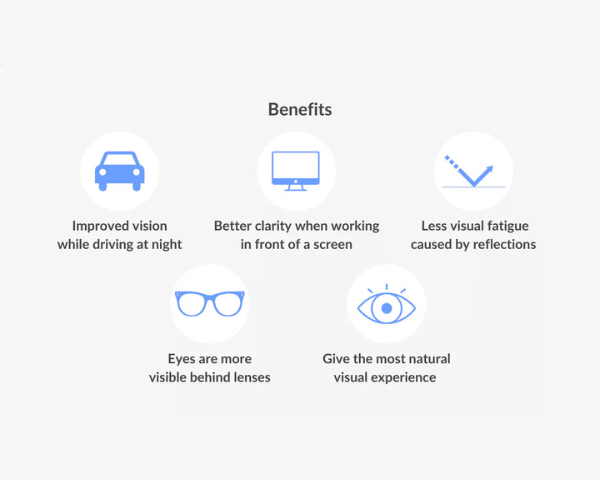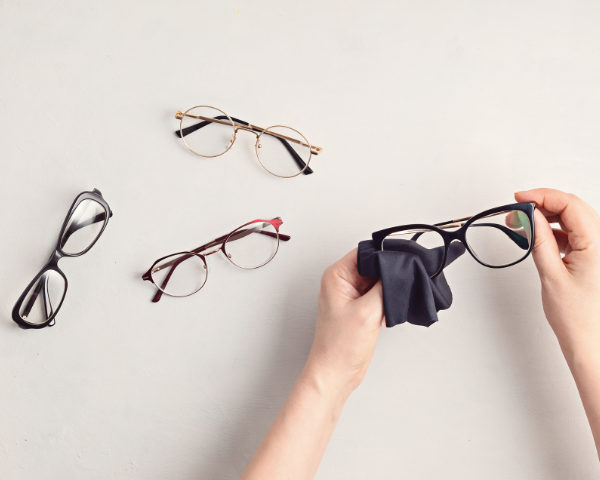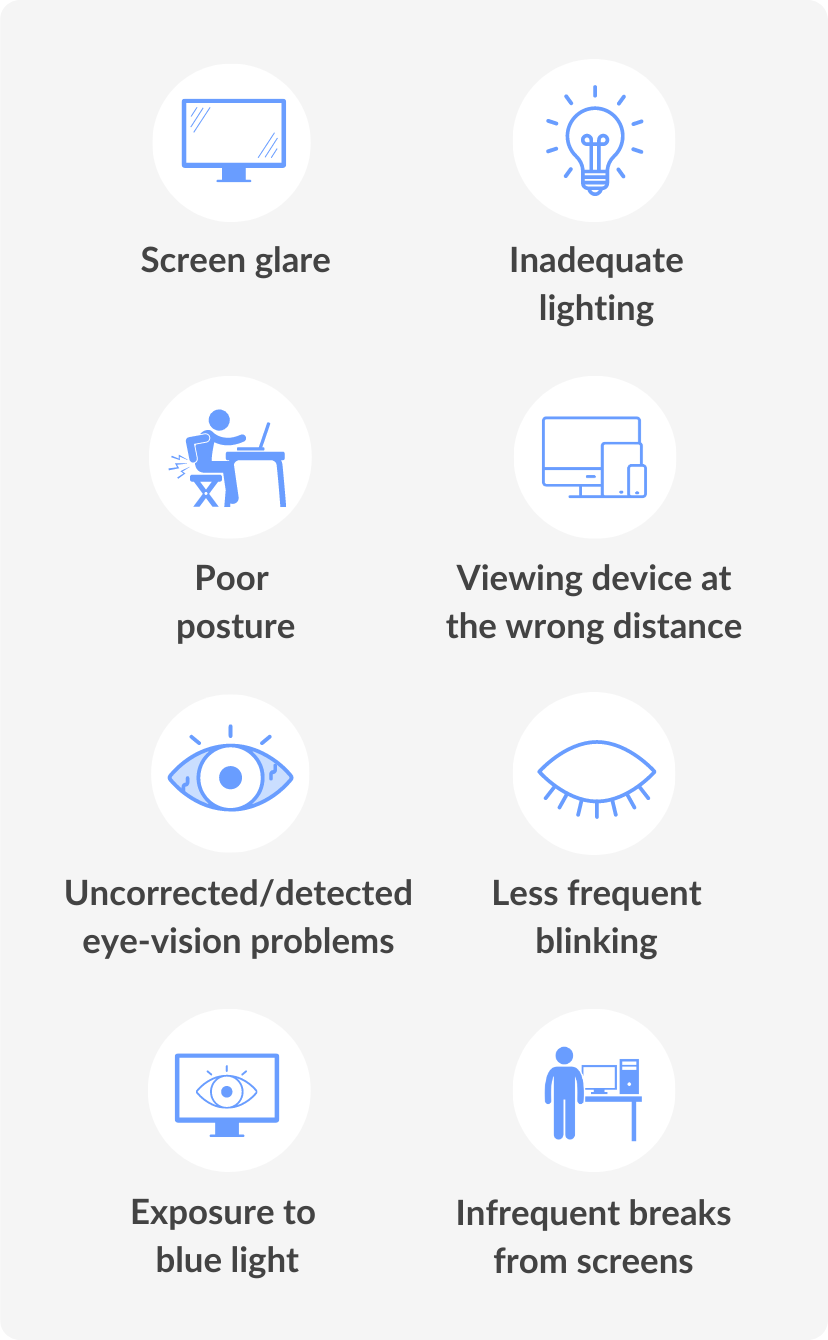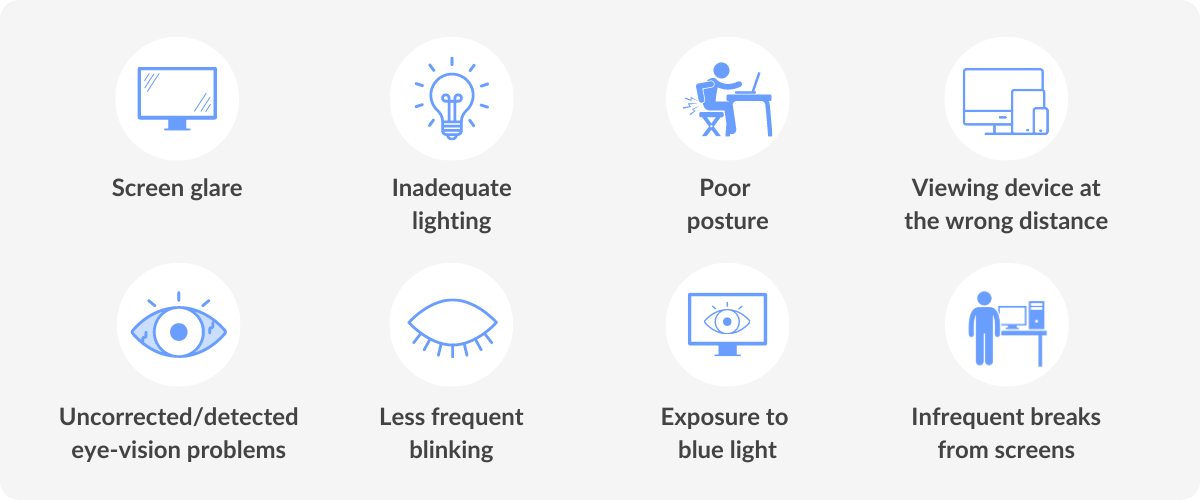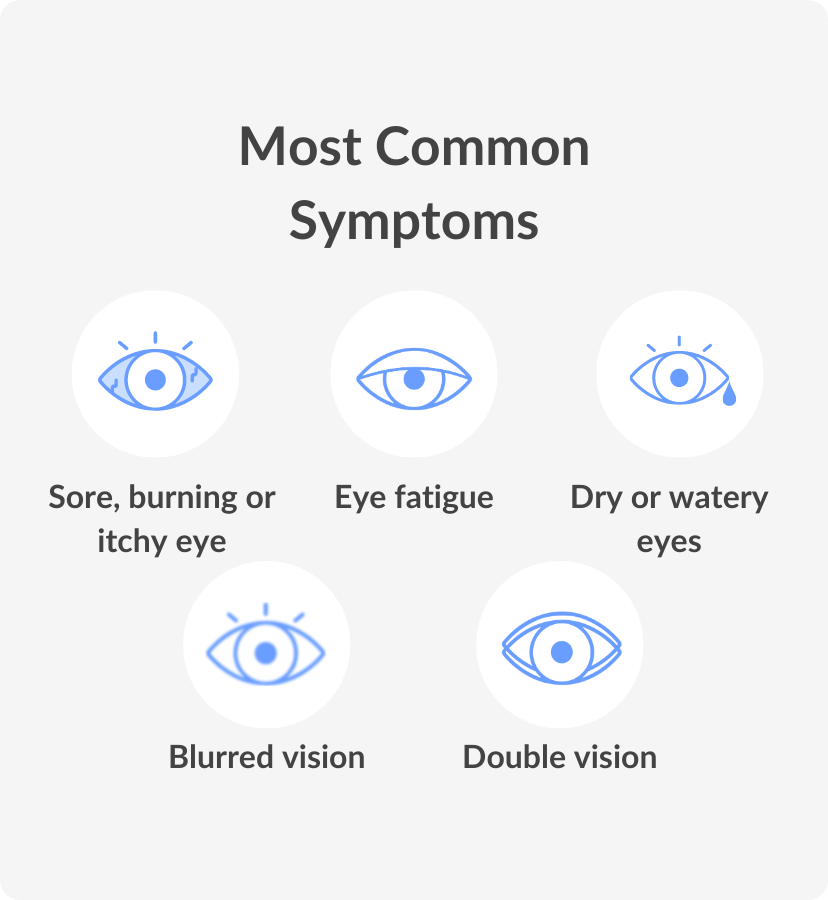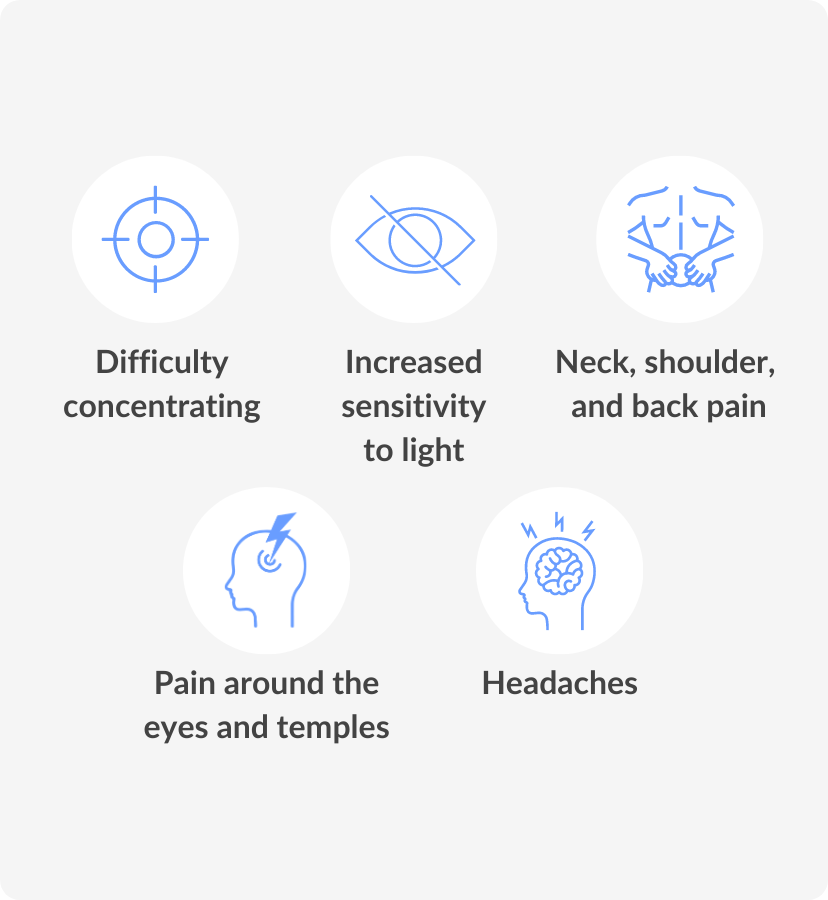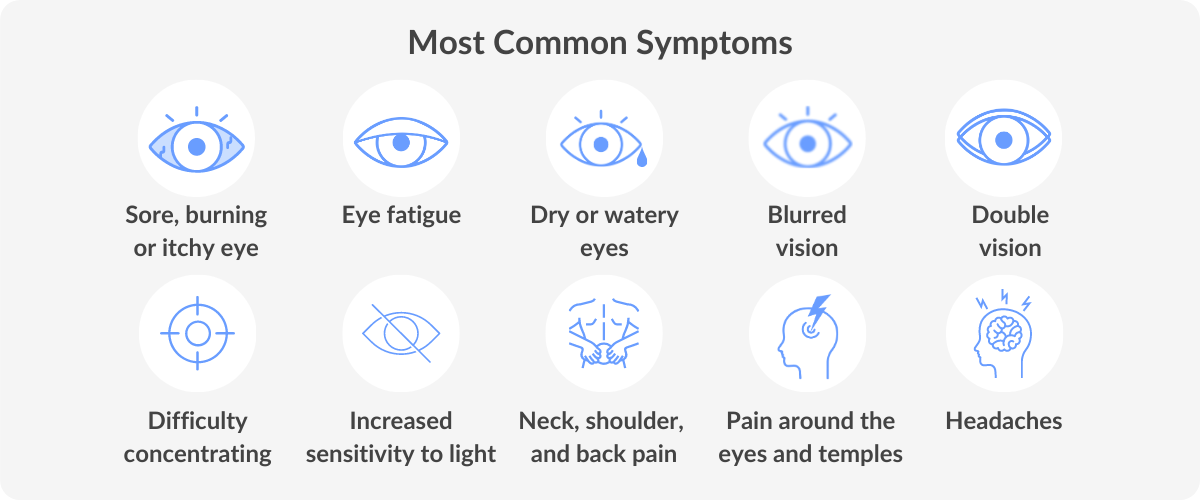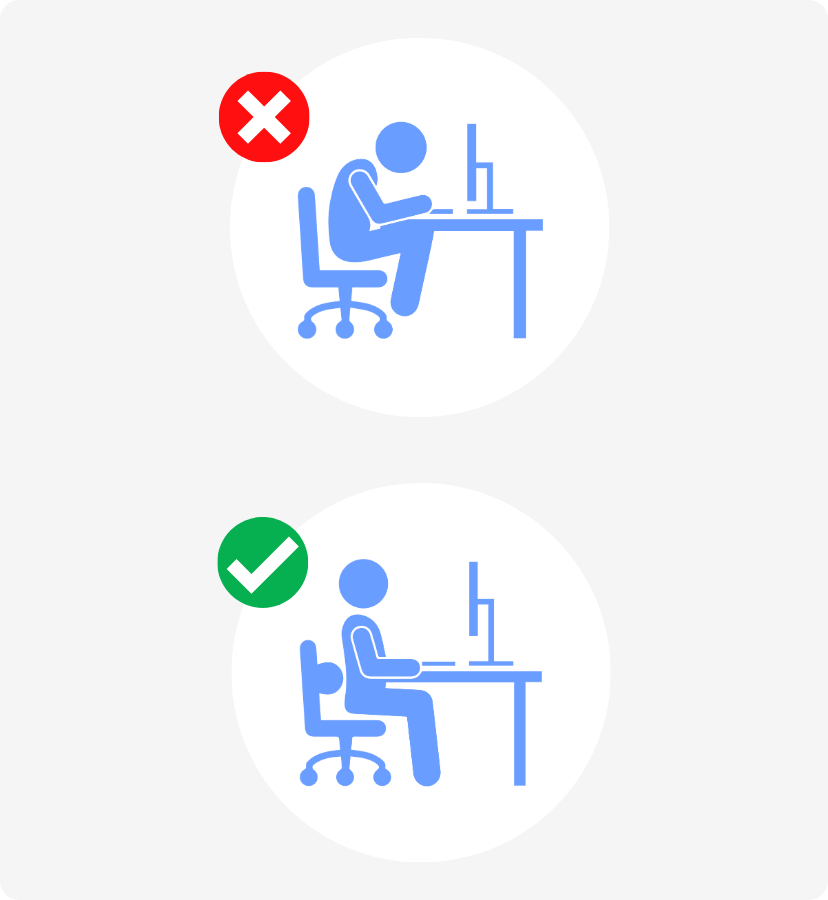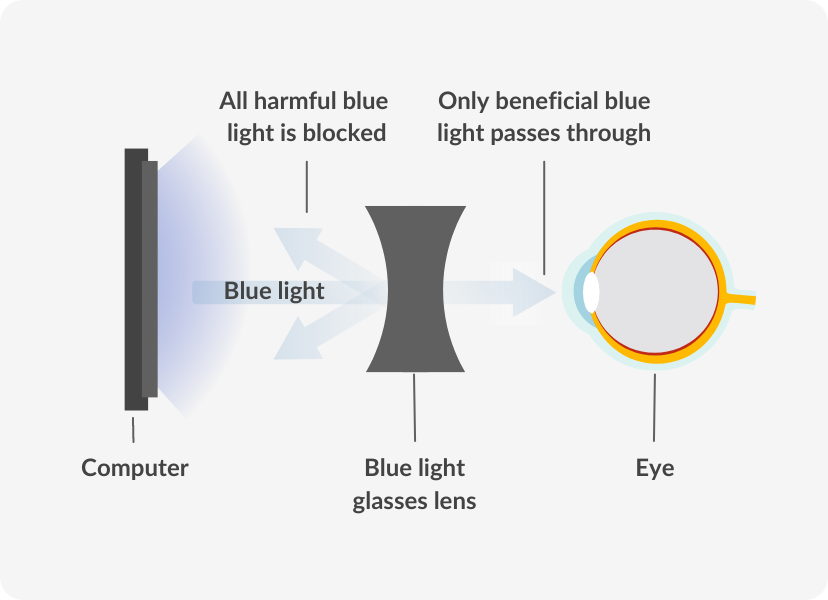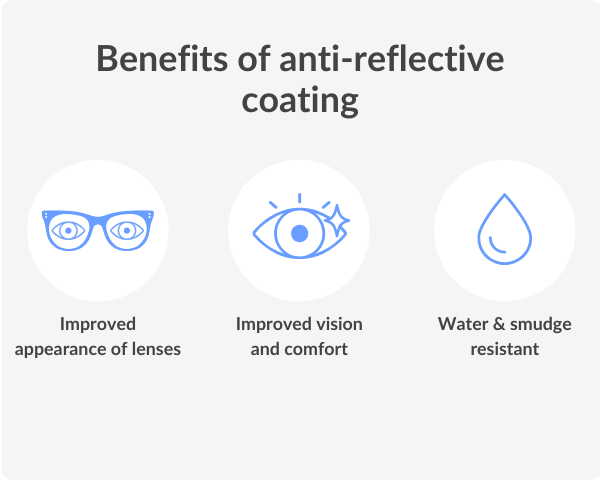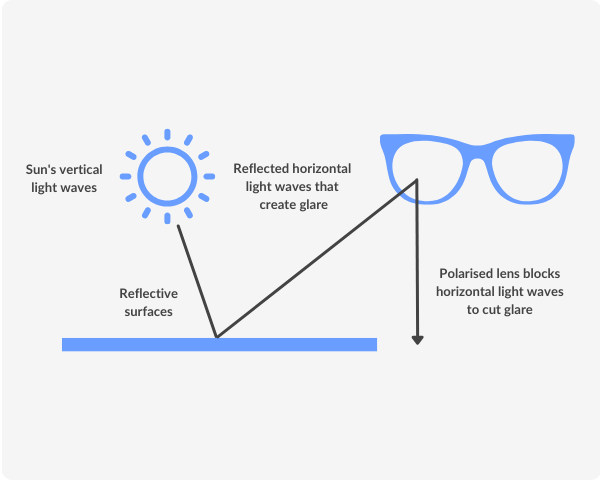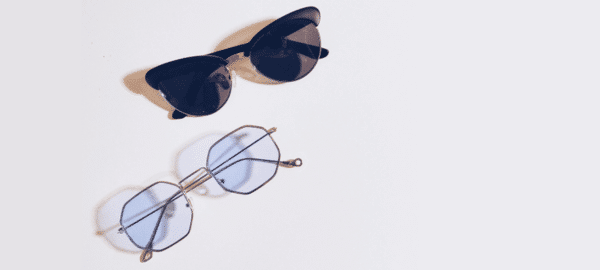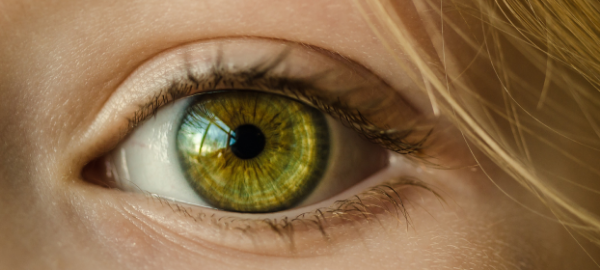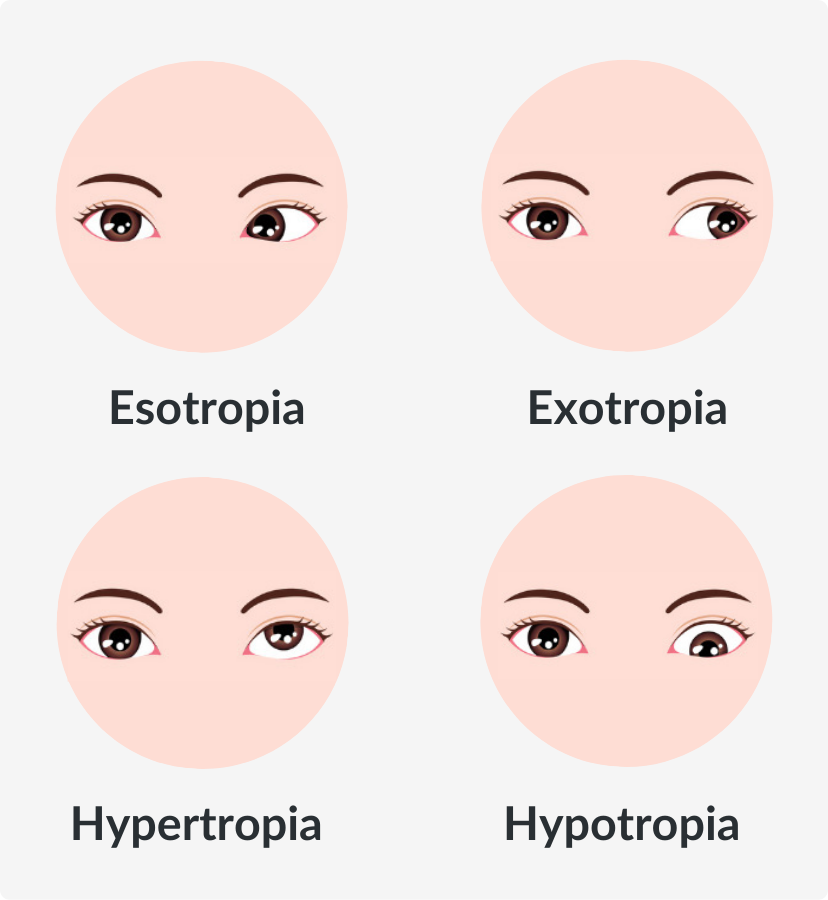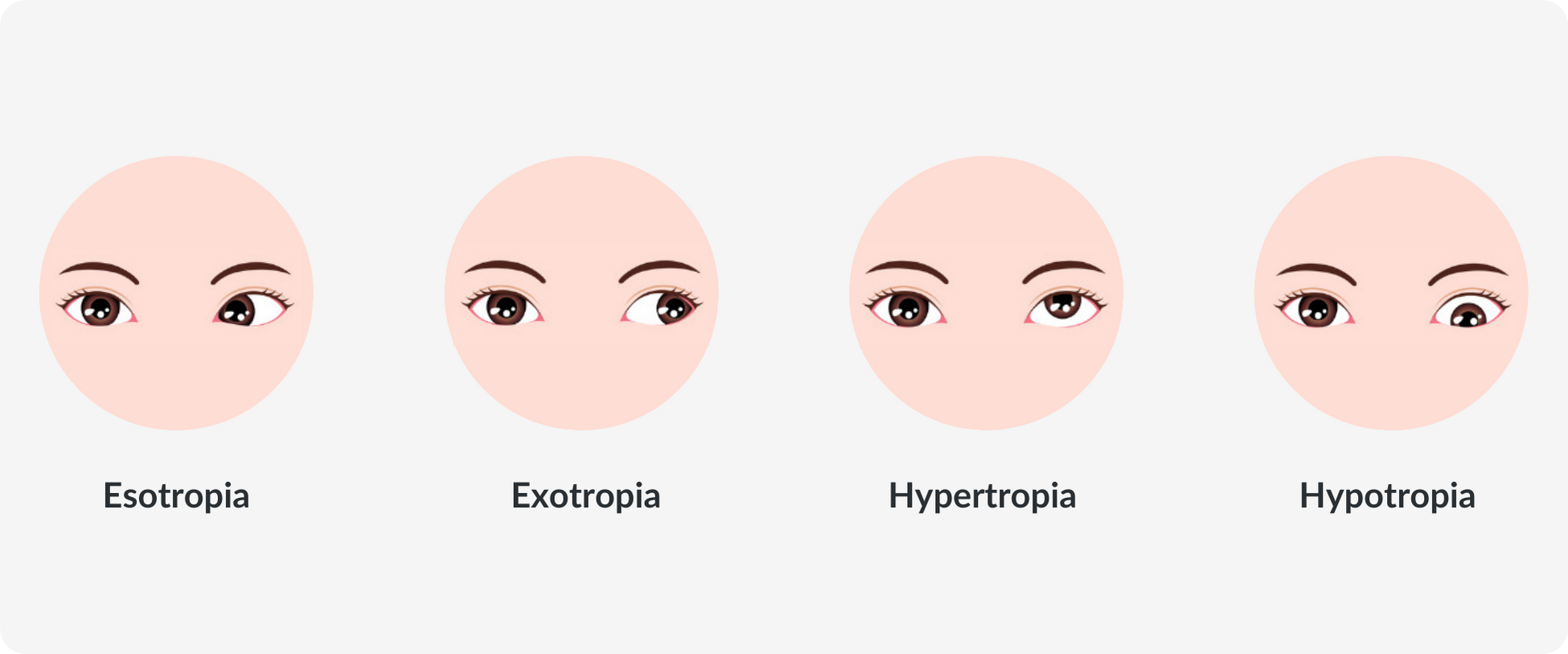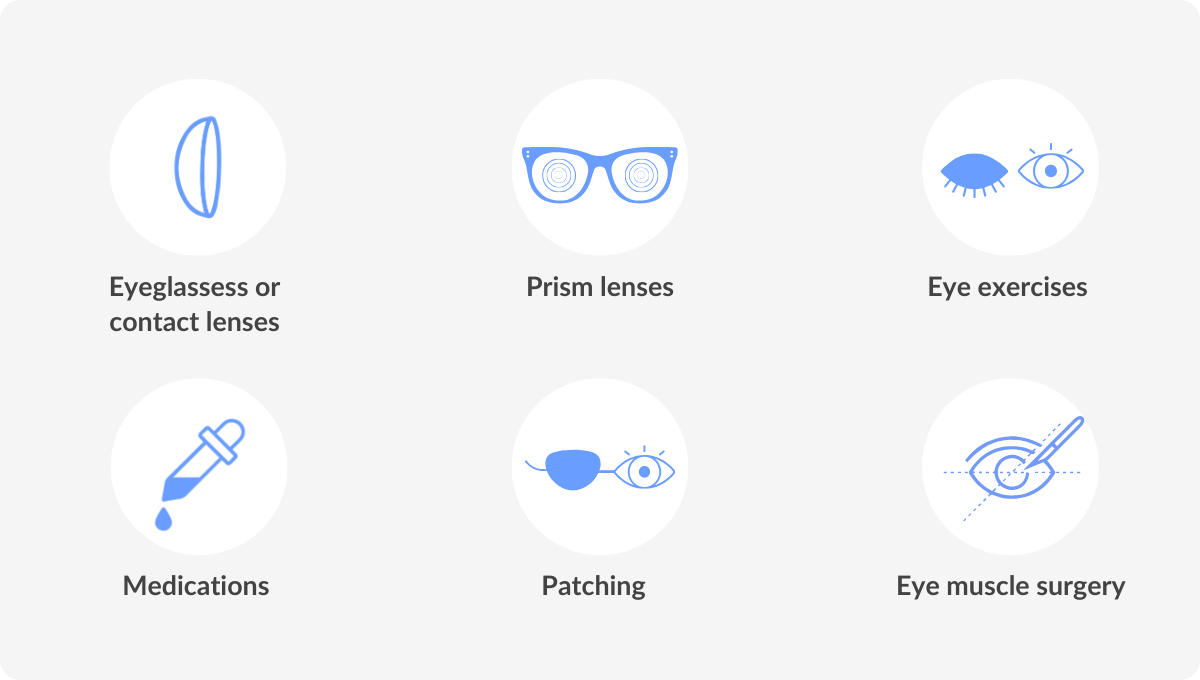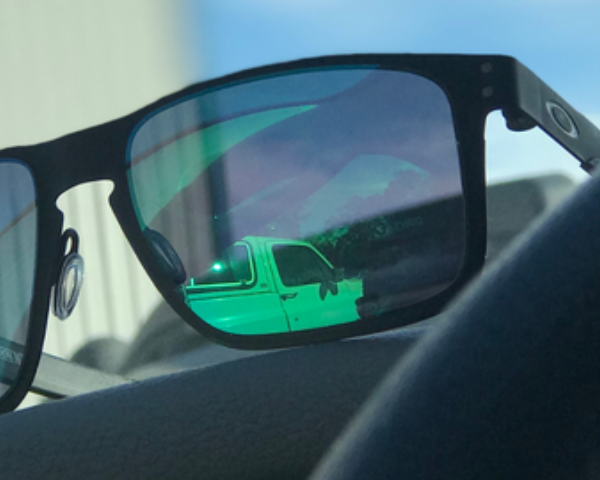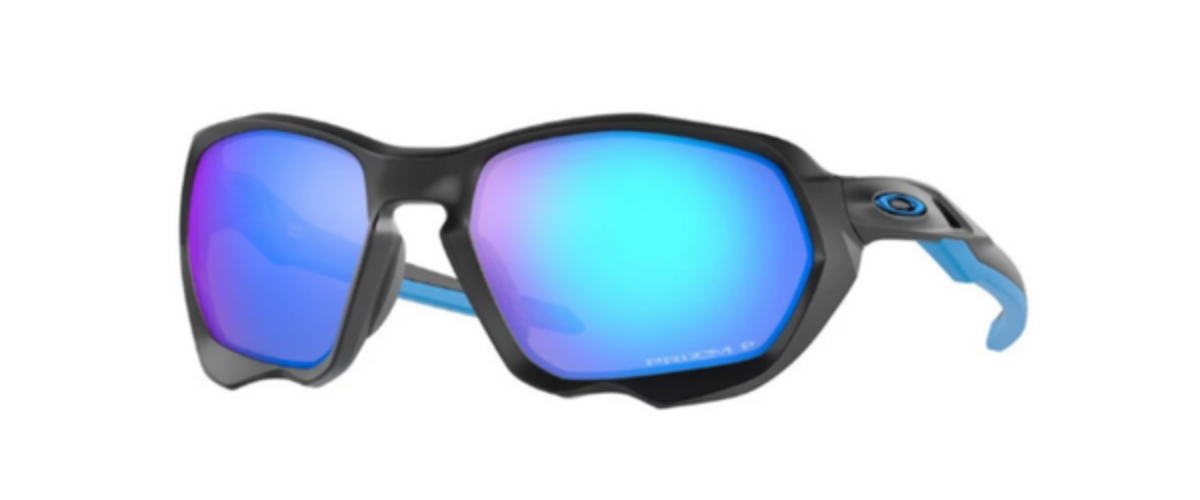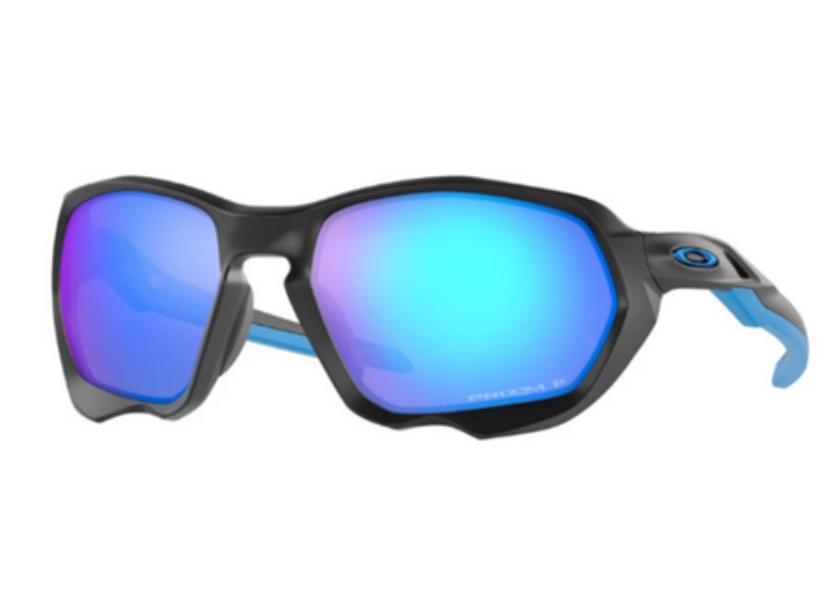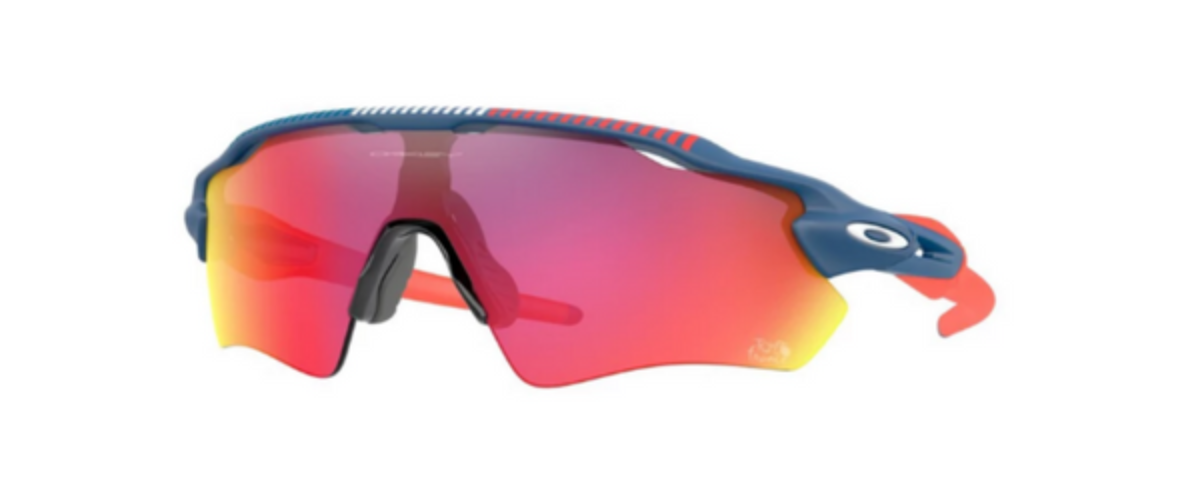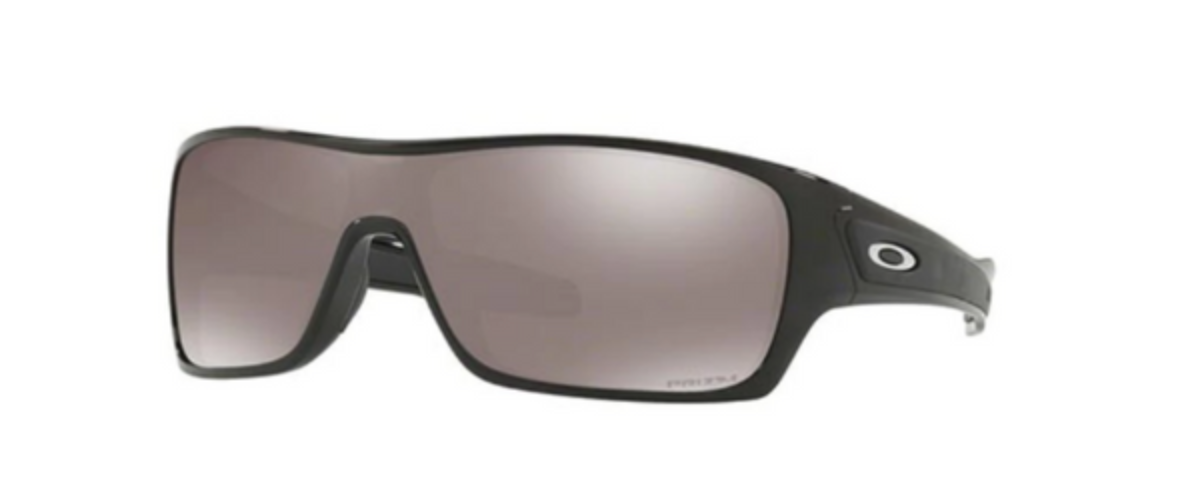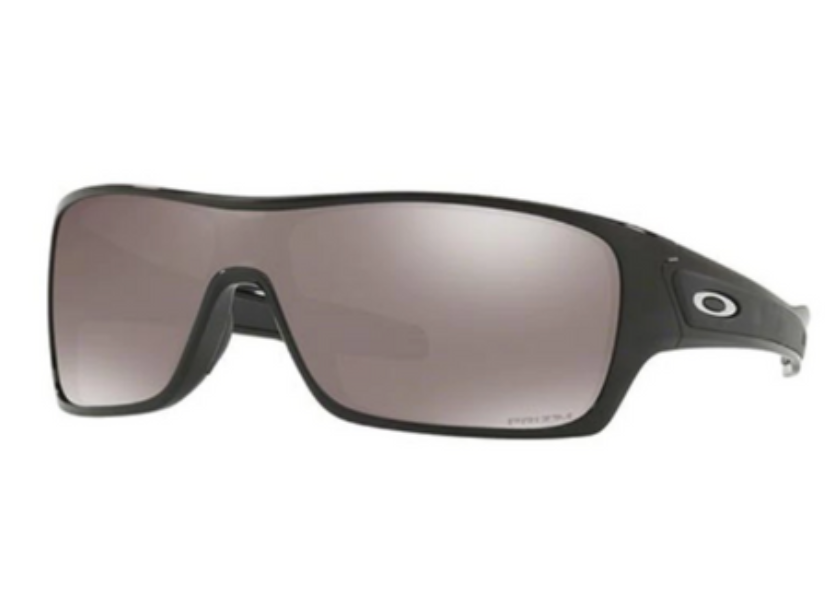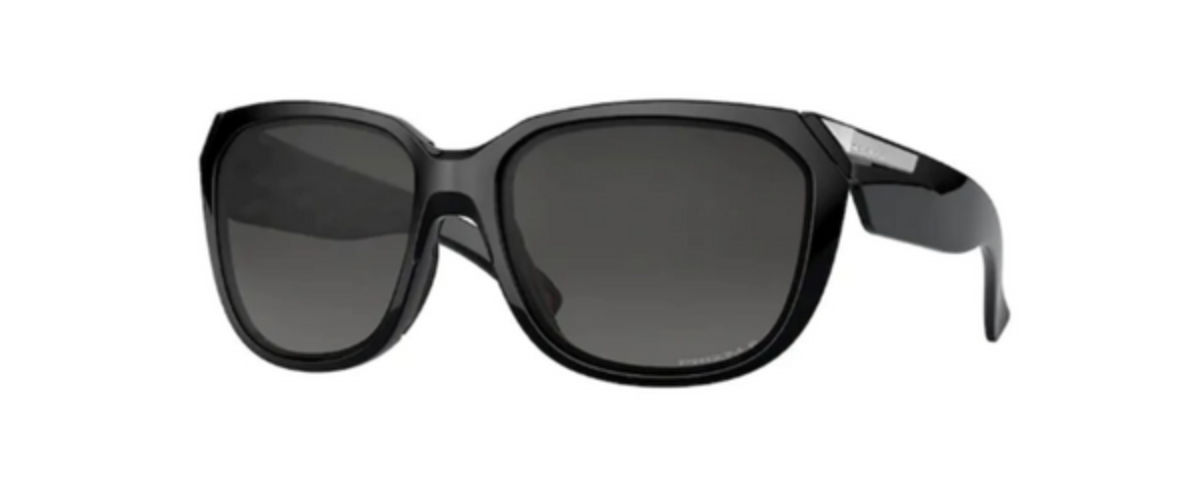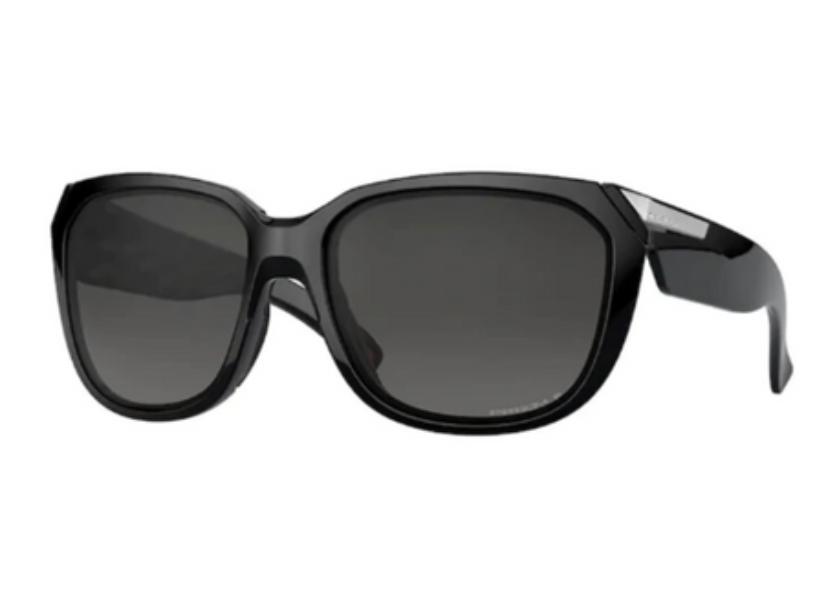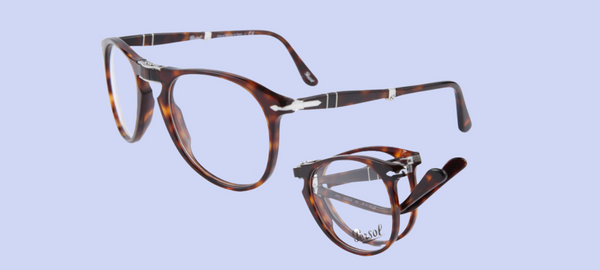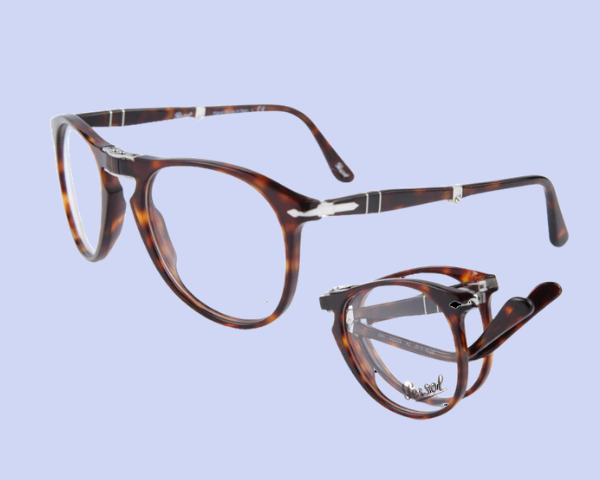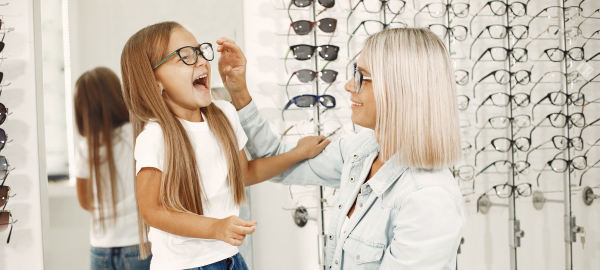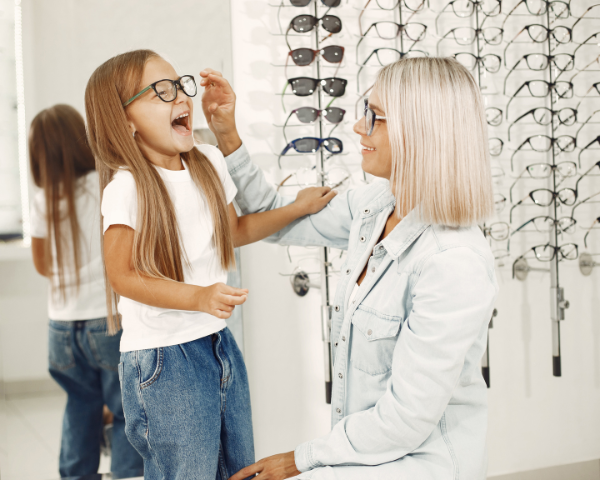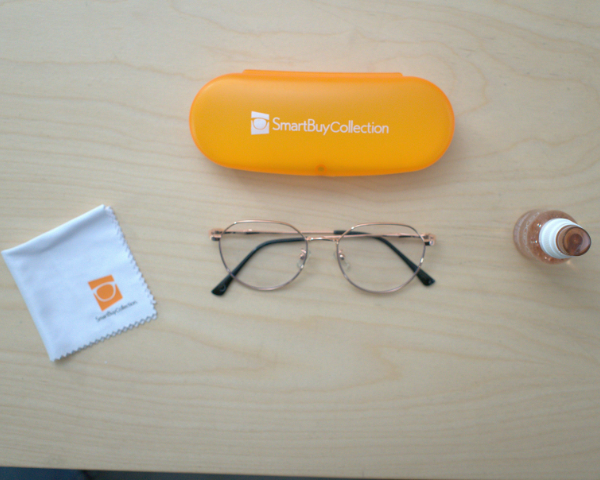
The easiest way to keep your glasses looking fantastic and prevent scratched lenses is to clean them daily. When it comes to how to clean glasses, it’s essential to know how to do it properly, so you don’t cause unwanted damage. Keep reading to learn the best way to clean glasses, lenses and frames.
The best way to clean glasses lenses
Many people must realize that cleaning their lenses, if not done correctly, can actually be harmful. If you use everyday materials that are not safe for your glasses’ lenses, they may scratch or ruin the surface. Here are four easy steps to clean glasses lenses the right way and avoid causing any damage
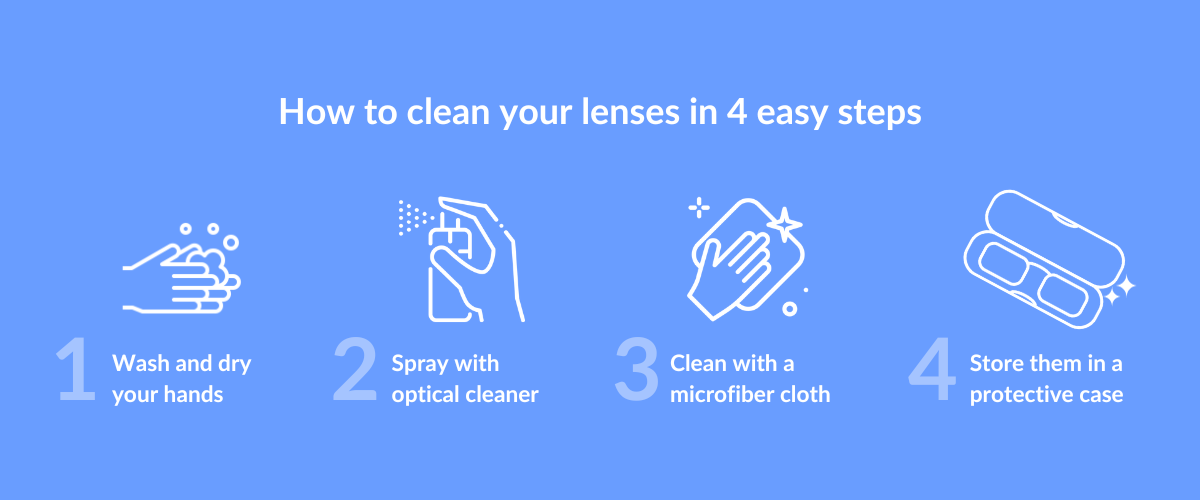

Step 1 – Wash and dry your hands
The first step to having spotless glasses is ensuring your hands are clean, as you don’t want to pass grease or dirt to the cloth or lenses. Wash your hands thoroughly with soap and dry them with a lint-free towel.
Step 2 – Spray with optical cleaner
Use a dedicated lens cleaning spray on each lens of your glasses. Any optical glasses spray is suitable. You can find these at most opticians, pharmacy stores, and supermarkets.
Step 3 – Clean with a microfiber cloth
After you apply the optical cleaner, you can then use a microfiber, lint-free cloth to wipe away any smudges or debris gently. If you’re wondering where to get a proper microfiber cloth, you’re in luck. SmartBuyGlasses includes a free lens cleaning cloth with each pair of glasses.
Step 4 – Store them in a protective case
Once your glasses are all clean, the next important step is to store them properly to ensure they stay that way. Store them in a hard, protective case with their lenses facing up. This will keep your glasses from being squished.
DID YOU KNOW?
It might be convenient, but cleaning your glasses with your t-shirt or other items of clothing can actually damage th elenses. This is due to the small fibers and uneven surfaces that can create tiny scratches over time,
The best way to clean your glasses frame
You can also use the optical lens spray on your glasses’ frames since it will be gentle enough to clean general dirt. If you wear prescription glasses while performing strenuous activities, it’s important to clean them frequently to get rid of any dirt build-up.
The worst way to clean your glasses
Now that you know all the steps to best clean your glasses’ lenses and frame take a look at what is important to avoid when cleaning your eyeglasses.
Don’t use tissue paper and clothing
Never use shirts, cotton tissues, napkins, paper towels, or dishwashing soap. Using any of these can damage the lens coating over time and void any applicable warranty on the eyeglasses.
Though these everyday items might seem harmless, they are made of tiny materials and have uneven surfaces that may scratch your lenses. These scratches will distort the way light passes through your glasses and lead to vision issues or eye irritation in the future.
Don’t use saltwater
Saltwater significantly damages any lenses, especially when they have lens coatings. Many things rust or degrade when regularly exposed to the salty air near the beach or salt water.
It’s important to remember that lenses should not be exposed to salt water, as they can get damaged, and it will not count as a manufacturer’s defect. Remember to keep them in a safe place and away from the ocean on your next beach day.
Don’t use dish soap, window cleaner, or saliva
Avoid using saliva to wipe off smudges from your glasses. Saliva is unhygienic and may spread more dirt and germs around. Another thing to avoid on your glasses is any cleaning solution made for general surfaces or glass.
Beware: chemicals found in many cleaning substances are dangerous to have so close to your eyes and can ruin your lenses. You should only use an optical lens spray or cloth specifically made for eyeglasses.
When searching on the internet, most sources show how to use dish soap when cleaning eyewear lenses. However, if you’re glasses have special lens coatings like anti-reflective, UV protection, or blue light blocker, this is a big no!
Having any of these coatings and then using dish soap will, over time, strip and break down the lens coating. By striping coatings off, the lenses are more subjectable to other forms of damage.
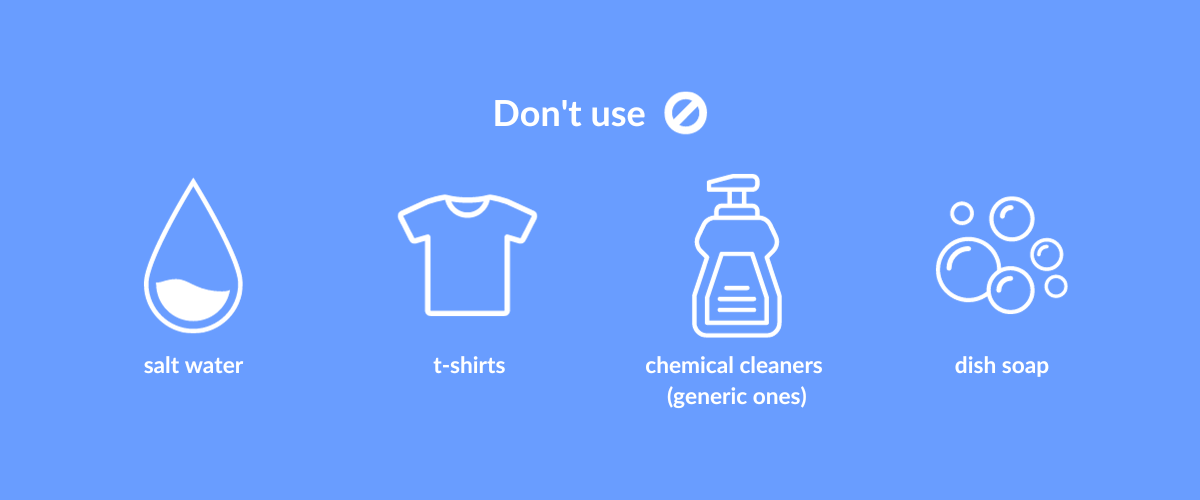
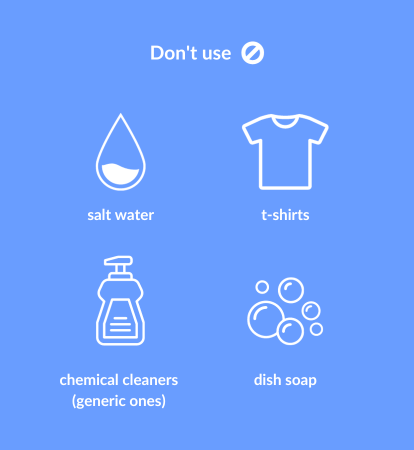
More tips to clean your glasses
Knowing how to clean your glasses properly will keep them in great condition for a longer time, ensuring clear vision and fewer germs and dirt on your face and eyes. Here are some more tips about what you might be wondering.
How to clean blue light glasses
You can easily clean blue light glasses the same way you just learned how to clean your eyeglasses. Refer to the infographic and video previously shown for a quick refresher on what to do.
How to clean eyeglasses cloth
If your eyeglasses microfiber cloth has only been used a couple of times, you can clean it without water by simply shaking out the dirt and dust.
However, if it’s getting too dirty, you can wash it either by hand or in the washing machine. In both cases, make sure you use cold water and bleach-free mild soap and avoid any fabric softener, as it can make your glasses streaky. Let the cloth air dry when done.
How to clean sunglasses
Sunglasses can be cleaned with the same procedure you use to clean your glasses. Wash and dry your hands, spray the sunglasses lenses with optical cleaner, clean them with a microfiber cloth, and then store them in a protective case.
For more information on everything eyewear, check out our Optical Centre and speak to one of our professional opticians online today.





































